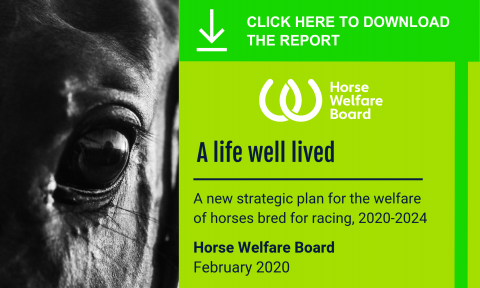As with all elite sports and all activities involving horses, there is an element of risk. It is the responsibility of the BHA and everyone involved in the sport to ensure that we do everything possible to minimise that risk and to ensure that no injury or fatality occurs which could reasonably have been prevented.
As a consequence of British racing’s investment in safety, welfare and health, the number of horses that have died on racecourses has decreased by 1/3 in the last 20 years, to 0.20% of runners.
Despite British racing’s excellent safety record, we always strive to improve, constantly investing in welfare research and education. This section outlines some of the steps the sport has taken in recent years to make horseracing even safer.
CASE STUDY: How horses see colour
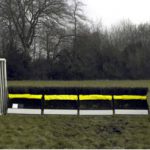
In 2017 the British Horseracing Authority (BHA) and Racing Foundation commissioned research into equine vision. The research was undertaken by the University of Exeter with the aim of improving obstacle visibility for the equine athlete, therefore enhancing the welfare and safety of horses and jockeys through reducing the risk of falls and injuries.
The research showed that horses have reduced colour vision compared to humans, and only differentiate objects in a palette of blues and yellows. It showed that the orange currently used on fences and hurdles was confirmed as having decreased visibility and contrast for horses against a range of natural and obstacle backgrounds, while yellow, blue, and white are more conspicuous against fences and their surroundings (foreground/background) than orange, especially yellow fluorescent colours
As a result of the research, a recommendation was approved by the sport’s Racecourse Committee that a phased trial should be carried out using fluorescent white markings at obstacles. This has been determined to maximise visibility under a wide range of conditions for both humans and horses.
Racing at Stratford Upon Avon on 14th March 2022 marked the start of a new era over jumps in Britain as obstacles began turning white as part of a welfare-driven project to develop new ways to help make hurdle and fence design safer. The transformation has now seen an estimated 368 fences and 2,132 hurdle panels across 40 racecourses change markings from the traditional orange to white.
How safe is horseracing?
Over the last twenty years, concerted efforts across the sport have seen an already low equine fatality rate drop to just 0.20% of runners.
All racing (including flat and jump racing)*
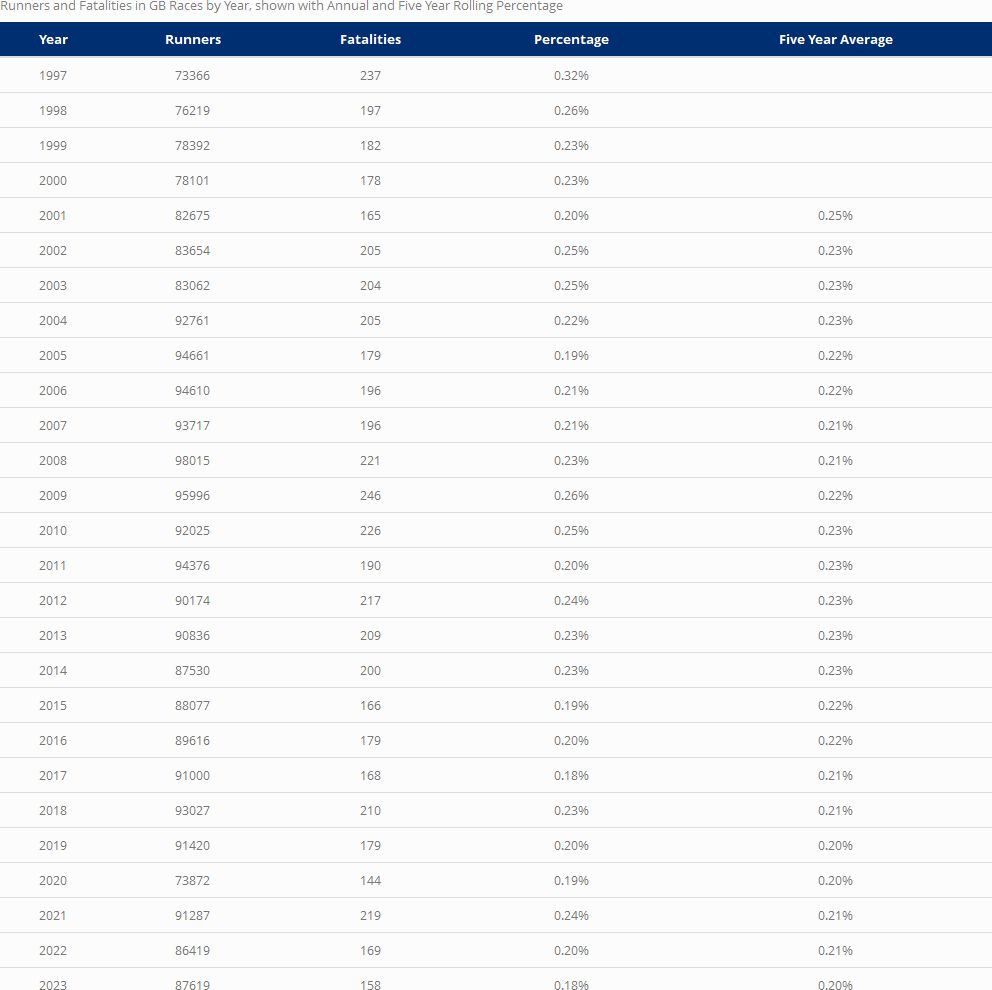
*From 2021 an enhanced method of data capture was used which ensured that all horses fatally injured as a direct result of their injuries on raceday or within 48 hours of raceday were captured in this data.
Fatalities each year as a % of runners in British horseracing:*
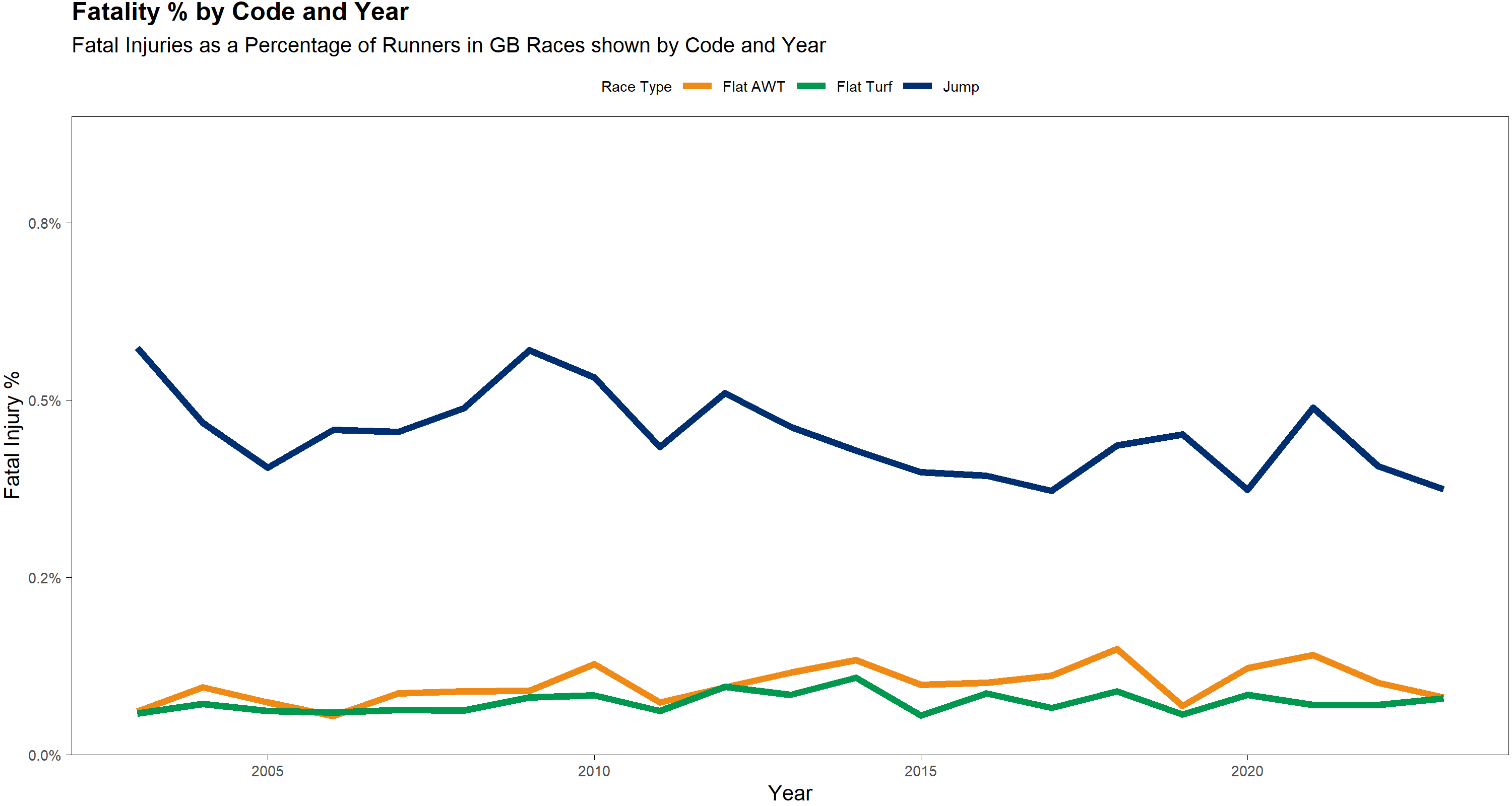
*In 2021 an enhanced method of data capture was used which ensured that all horses fatally injured as a direct result of their injuries on raceday or within 48 hours of raceday were captured in this data.
Jump racing*
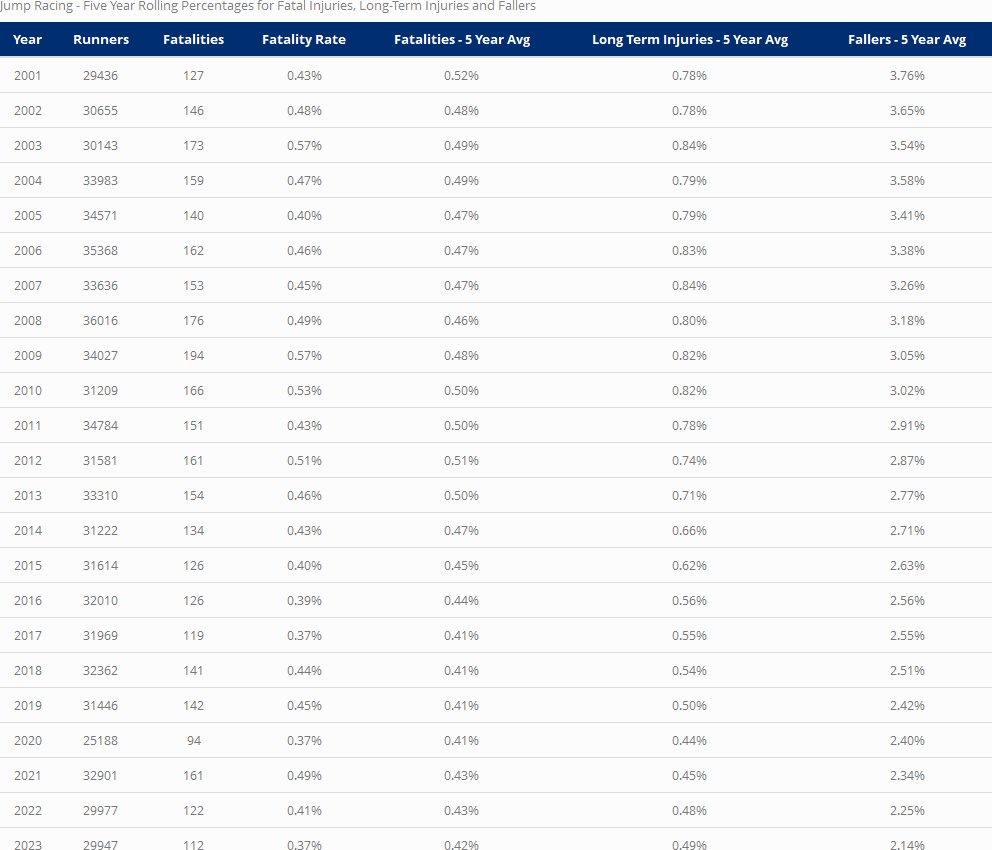
*In 2021 an enhanced method of data capture was used which ensured that all horses fatally injured as a direct result of their injuries on raceday or within 48 hours of raceday were captured in this data.
“A life well-lived” – British racing’s Horse Welfare Strategy
In February 2020, the Welfare Board published its five-year strategic plan for the welfare of horses bred for racing.
The strategy focuses on the ambition that every horse bred to race should lead – and be seen to lead – “a life well-lived”. The strategy includes traceability for horses bred for the sport, a strong focus on safety and wellbeing, a more confident and proactive approach to communications and the industry’s biggest ever data project.
The announcement can be seen here.
20 recommendations and 26 specific projects were put before the Members Committee, which comprises horsemen, racecourses and the BHA.
The strategy focuses on four key outcomes:
The strategy focuses on four key outcomes:
1. Best possible QUALITY OF LIFE, relating to the encouragement and furthering of best practice in all aspects of health, care, husbandry and disease control.
2. Collective LIFETIME RESPONSIBILITY, incorporating, for example, traceability across the lifetimes of horses bred for racing, and initiatives fostering greater understanding, encouragement and effective enforcement of responsibility
3. Best possible SAFETY, the understanding and analysis of multiple risk factors and the continuing reduction of reasonably avoidable injuries and fatalities.
4. Growth and maintenance of public TRUST
The strategy also identifies the value of data in informing veterinary care and the prevention of injury and illness. It articulates the ethical case for horses’ participation in sport and leisure and the need for better use of high-impact communications to tell racing’s story. It also commits to develop a Code of Ethics to provide a transparent framework for decision-making around all aspects of a racehorse’s care and wellbeing.
How do we make racecourses safer?
The BHA continues to work with racecourses and their turf consultants to ensure the racing surface is as safe as possible, through a combination of research and guidelines as to how the ground should be prepared. Our Inspectors of Courses monitor faller rates at every racecourse in the country, and have the ability to make further modifications if evidence supports it.
We are constantly working to make the racing environment safer and have made improvements in recent years to hurdles, fences and other elements of racecourses, to ensure they present as low a risk as possible based on monitoring and analysis of statistical evidence.
CASE STUDY: “One Fit” Padded Hurdles
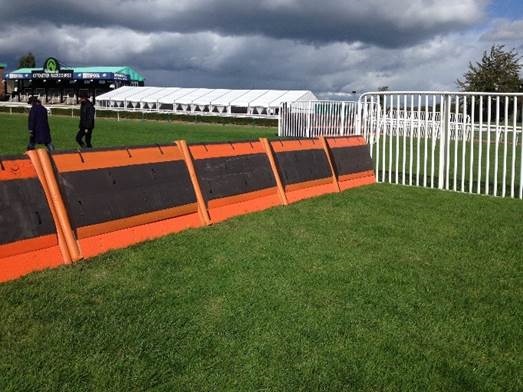
Having introduced increased padding on hurdles in 2001, newly custom-designed “One Fit” padded hurdles are now in place at ten racecourses since being rolled out in 2014, with more to follow. These hurdles are statistically proven to reduce faller and injury rates and are being rolled out to further courses in due course in a phased approach.
2017 faller rate over padded hurdles: 1.80%
Average faller rate over birch hurdles: 2.12%.
= 15% reduction in faller rate over padded hurdles
CASE STUDY: The Grand National
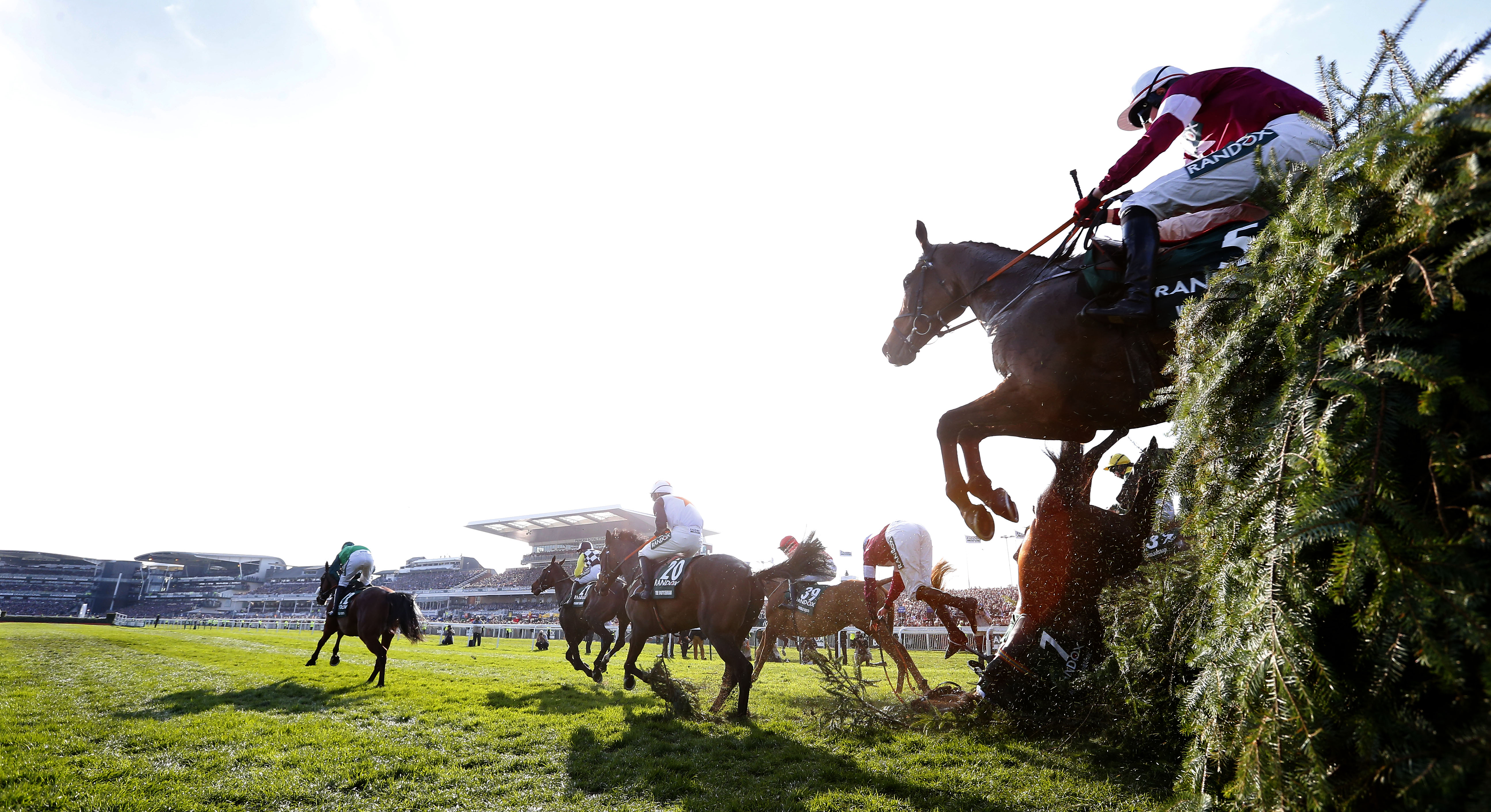
Following the 2011 running of the Grand National, the BHA implemented an extensive review of the race and the course in a bid to improve welfare standards. This review implemented 30 recommendations, which were then added to after the 2012 running.
The measures included:
- altering the cores of the fences to a more forgiving, rubber design
- levelling off the landing side of fences in order to ensure horses take off and land at the same level
- significant investment in the racing surface and the introduction of state-of-the-art ‘misting’ fans to keep horses cool after they race
- moving the start of the race away from the grandstands to ensure a calmer environment at the start
Since the alterations were concluded, there have been no fatal injuries in the six subsequent runnings of the Grand National.
How do we use science and research to make racing safer?
The BHA partners with a number of organisations as part of our continued commitment to fund veterinary research which will benefit the health and well-being of all horses, but particularly those who race. Primarily this has been through the Horserace Betting Levy Board (HBLB), which has supported nearly 500 individual research projects since its foundation in 1963.
Since the year 2000 around £35m has been invested by the sport in veterinary science, with veterinary funding distributed to a wide variety of research areas.
Previous research projects have ranged from investigating jetlag in horses to identifying and reducing the risk factors for injury in racing, to a project which has investigated the colours that horses see best and resulted in a change to the way we colour our fences and hurdles
Other partners include the Thoroughbred Health Network, an information source for trainers and vets, which translates veterinary research into easily understandable tips to maximise the health of horses in training, and the EquiBioSafe app, which helps to improve standards of equine welfare through raising awareness of disease prevention. The BHA Equine Health and Welfare Department also conducts research in-house.
Current projects include the investigation and review of fallers to determine whether there should be a ‘stand down’ period to race again after a fall, and a study into any possible link between the use of medication and equine fatalities on the racecourse.
Further information on all HBLB-funded research can be found here, with more information on the Thoroughbred Health Network available here
How do vets make racing safer?
The raceday veterinary team is made up of both BHA Veterinary Officers and Racecourse Veterinary Surgeons. The BHA vets are regulatory vets – their main priority is to oversee the welfare of the horses on course and ensure that the standards and Rules laid down by the BHA are maintained. This includes ensuring that all racehorses are appropriately vaccinated and free from infectious disease, and the carrying out of pre-race examinations.
The Racecourse Veterinary Surgeons are accredited by the BHA and employed by the racecourse. These vets provide immediate first aid and veterinary treatment for racehorses, working closely with the equine ambulance teams to ensure that any horse which suffers an injury is treated promptly.
A number of new protocols have been put in place recently for the raceday veterinary teams. These include improvements in the recognition and treatment of horses which overheat after racing, and in the diagnosis (both on and off course) of horses suspected to have experienced irregular heartbeats following a race.
The BHA is also increasing the number of pre-race examinations that take place, and have introduced “Suitability to Race” examinations for horses known to have suffered an injury or which have previously been noted as lame. These take place on the trainer’s yard, and include a detailed examination and review of the horse’s veterinary history by both a BHA regulatory vet and the trainer’s vet.
The BHA’s Equine Health and Welfare team has produced an information pack for trainers to help explain why and how horses are examined by BHA Veterinary Officers on the racecourse.
As part of our ongoing commitment to make racing safer for horses, we regularly review our Rules in relation to veterinary research, adapting them and implementing new Rules where necessary.
How have the rules changed to make horseracing safer?
The BHA is constantly reviewing its rules and procedures to ensure that they as effective as they can be in the safeguarding of equine welfare.
Examples of recent changes to the rules to safeguard welfare include:
– Enhancing the rules and penalties around ‘interference’ – i.e. riding in a careless or improper manner which risks interfering with another horse – in order to act as a deterrent against riding which could put the welfare of other horses or riders at risk
– As part of the independent Horse Welfare Board (HWB)’s strategic plan, A life well lived – a new strategic plan for the welfare of horses bred for racing 2020-2024, a recommendation was made that a public consultation should be conducted by the BHA regarding the use of the whip in British racing.
A full consultation was held with the public and racing industry in 2021. In June 2022, the BHA published 20 recommendations as part of a FULL REPORT relating to the use of the whip in British racing.
Read more about the whip in British horseracing
– Implementing a “zero tolerance” policy on the use of anabolic steroids, and an internationally-agreed threshold on the amount of cobalt which may be present in a horse’s system on raceday (cobalt is an essential and naturally occurring substance in horses, but at elevated levels may have a performance-enhancing effect as well as potentially impacting on a horse’s welfare).
– New rules have been put in place to prevent unseated riders from remounting horses once a race has started
The BHA continually communicates these rules through compulsory annual seminars, on the racecourse and via ongoing reminders, working closely with the Professional Jockeys’ Association and National Trainers Federation.
The Cheltenham review
The Cheltenham review was published in December 2018, following an increase of equine fatalities and long-term injuries at the course.
As part of the review, a rigorous process of data evaluation, consultation and review of video evidence took place, led by a dedicated review group and with input from external experts including the RSPCA and World Horse Welfare.
The full Cheltenham Review can be found here.
The Review’s 17 recommendations can be viewed here.
The report includes 17 recommendations and the central areas of focus fell across six broad categories: the courses; the obstacles; participant factors; starts, safety factors and race tempo; programming and race conditions; and veterinary histories and protective measures. The detailed analysis covered all races run at the Festival from 2007 to 2018, including 5,451 runners and 308 fallers. The evidence found that no single factor was definitively responsible for the deaths at the 2018 Festival, and that non-track factors – such as veterinary, participant, and race condition factors – could potentially be of equal, or potentially greater, significance than track-related factors.
Amongst the headline recommendations from the Review are:
– Pre-Race veterinary examinations will be increased to include all runners in all races at the Festival, with a view to identifying any risk factors that might make it necessary to prevent a horse from running in a race
– A maximum field size in all 2-mile Chases run at the course from 24 to 20, with the race most likely to be affected by this being the Grand Annual Chase
– Race conditions of the Martin Pipe Conditional Jockeys’ Handicap Hurdle to be altered to remove all rider weight-claiming allowances, thereby incentivising connections to secure the services of the most experienced jockeys
– BHA to engage with participants to further identify factors that contribute to risk.
– The industry must support a major research project to develop a predictive model for identifying risk factors for all Jump racing, including horse history and performance, rider and training factors.
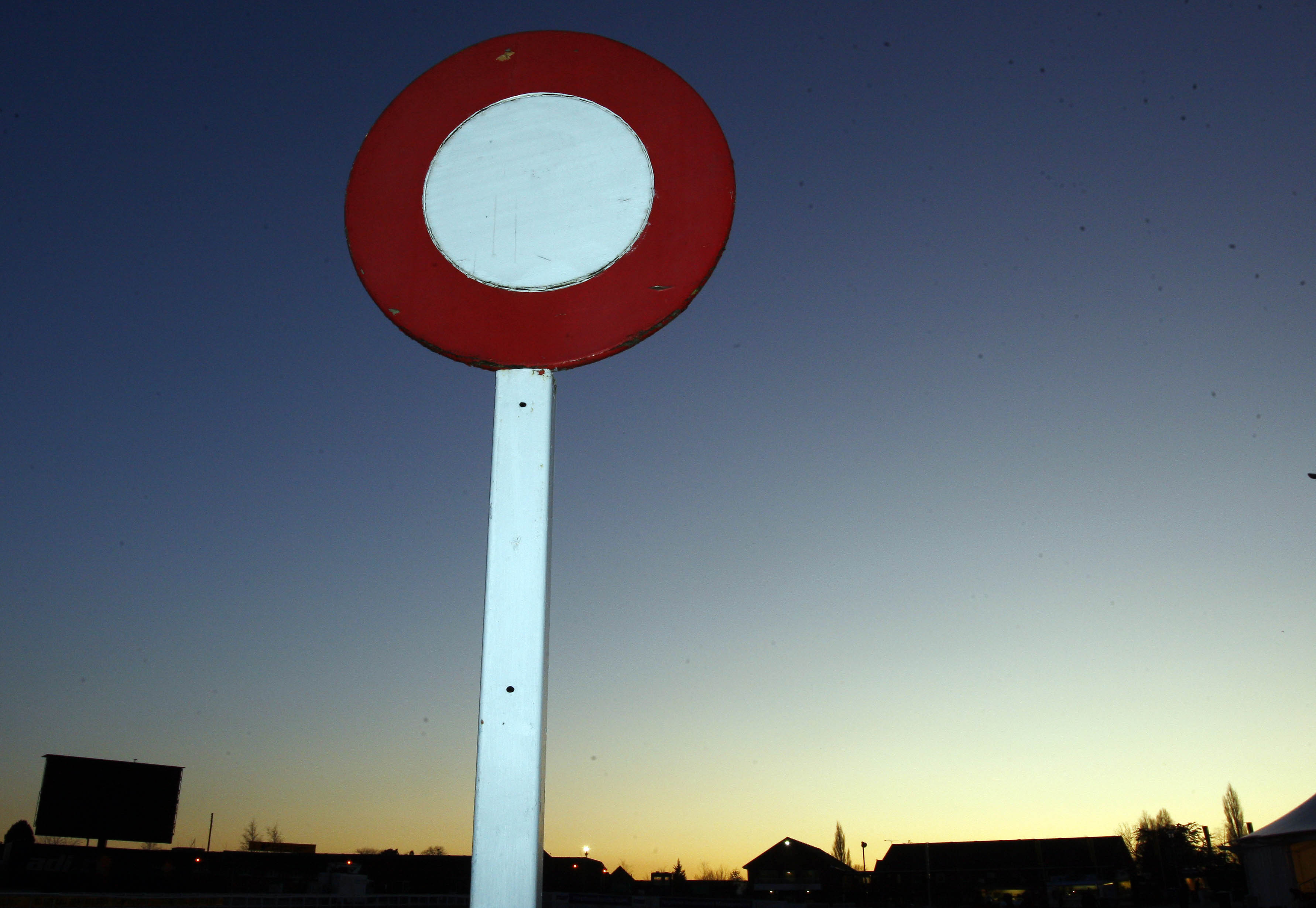
An action plan for the implementation of the recommendations has now been implemented, working with Cheltenham, Jockey Club Racecourses and others as appropriate.
Faller and injury rates at Cheltenham – as with all racecourses – will continue to be monitored. Where data and evidence shows any further trends that may emerge the BHA will work with the racecourse in question to consider any action that can be taken to further improve safety rates.
Racing in hot weather
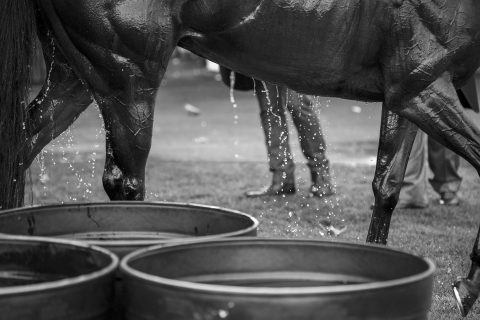 Whilst racehorses as a breed are capable of running over sustained distances in warm temperatures and regularly do so in countries such as Australia and Dubai, it is important that proper precautions are in place during periods of hot weather in Britain.
Whilst racehorses as a breed are capable of running over sustained distances in warm temperatures and regularly do so in countries such as Australia and Dubai, it is important that proper precautions are in place during periods of hot weather in Britain.
In the video below, BHA Veterinary Officer Sally Taylor explains how horses are kept cool and comfortable while racing in hot weather, using Leicester as an example:
Conditions are always monitored closely by those present at each fixture, whether they are BHA staff, racecourse staff or participants. Should there be any concern regarding the effect of the weather on the horses, BHA Stewards have the ability to take action to ensure their welfare is protected.
Guidance for hot weather provisions are below, however moves can be made by those on a raceday outside of these guidelines, to ensure that the safety of our equine participants is not compromised.
Preventative measures for those present on a raceday which should be implemented if ambient temperatures move towards 30oc, which are as follows:
For racecourses:
Where possible (fixture list allowing) courses should work together with the British Horseracing Authority (BHA) regarding Race Planning issues, particularly the avoidance of long distance races during hottest time of day, limiting races to shorter distances
Measure ambient temperatures regularly in the stables, pre-parade ring, parade ring and winners enclosure.
Include extreme temperatures in going reports to promote trainer awareness, to help them consider dehydration and rehydration issues
Make access to the stables available earlier in the day or the night before to allow trainers to travel horses at cooler times of the day and advertise this.
Provide facilities for horses to be washed down on arrival and before the start during very hot weather
If possible, provide shaded areas for cooling off before and after racing. If no natural shade is available consider erecting a ‘tented’ roof with no sides.
Identify key locations where water may need to be available for cooling horses – these may include, but are not limited to:
Stables
The pull up area
Where the horses leave the track
The unsaddling enclosure/area
The Winners Enclosure
Parade Ring
Provide easy access to copious amounts of water in large troughs, with buckets, sponges and scrapers adjacent, and ability to rapidly refill, in all horse areas. Consider use of ice (place in troughs) and fans to assist cooling. Consider mobile bowsers and bulk supply. For biosecurity reasons, horses should not drink directly from the water troughs and buckets which can be washed out after use should be used to take water from the troughs for drinking.
A mobile bulk supply of water should be available for use or top up where needed.
For BHA/Racecourse Staff on the day:
BHA Veterinary Officers should review their raceday data for horses that have suffered previous problems with heat and share this information with their Racecourse Veterinary colleagues;
The BHA Veterinary Officer should work with the Clerk of the Course to closely observe horses in the winners’ enclosure and the flexibility with the official “horses away” announcement should be utilised.
For Trainers and their staff:
Have drinking water available at all times on transport and at the course before racing.
Consider earlier travel, and thus earlier arrival at the course, or travel the evening before the race.
Take the temperature of the horse on arrival.
Hold horses in the shade outside the boxes.
Cool horses on arrival, before and after racing to help reduce the impact of heat
Ensure enough staff are available to provide extra help.
Do not withdraw water before racing. Dehydrated horses are more prone to heat stress.
Horses lose large quantities of electrolytes when sweating. A reservoir of electrolytes is not stored in the body but these are available from a balanced diet. Post race, replacement electrolyte therapy may be applicable to heavily sweating horses. This should not be administered in water. Inform Veterinary Staff if the horse has had previous problems with heat.
Apply plentiful amounts of water in unsaddling/winners enclosures.
Remove the excess water by scraping after each application after allowing the water to absorb heat for around 30 seconds.
After applying water walk the horse in a breezy, shaded area.
Keep the horse standing to facilitate cooling.
Ensure the horse has access to water to satisfy its thirst after the race
Do not apply any sheets or rugs
Do not use chemical cooling rugs.
Ensure Veterinary Staff are informed as soon as possible of concerns that the horse is not normal. A quick response is important in the treatment of heat related problems in horses.
Signs to watch out for include increased temperature, a shallow, panting respiration, an anxious expression, a rhythmic beating of the diaphragm
For jockeys:
Jockeys are very aware of the condition of their horses. If they have any concerns that all is not normal before, during or after a race they must take immediate action.
They may be advised before racing, or instructed after the race to dismount and may also be asked to remove their saddle asap after finishing.
Ensure Veterinary Staff are informed as soon as possible of concerns that the horse may need attention. A quick response is important in the treatment of heat related problems in horses.
Then there is treatment guidance for the Clerk of the Course and Racecourse Vets on duty if horses are suffering heat related problems:
A plentiful supply of iced or cold water must be available at key locations along with mobile water supplies to be deployed around the course as required (as identified above). These supplies should be used immediately when heat related problems are suspected. Racecourses should provide mobile water supplies to be deployed around the course as required during racing.
Alternate pouring water onto the horse, especially over shoulders and quarters, and scraping this off after 30 seconds, with periods of walking in the shade. Cool for 30 seconds and then walk for 30 seconds before repeating the process.
Keep the horse standing to facilitate cooling.
Offer cool water to drink.
If screens are deployed, these should not block or restrict the movement of air around the horse. Screens may be used to funnel air towards the horse.
Cold water or iced water soaked cooling rugs may be useful.
DO NOT use chemical cooling rugs.
DO NOT place wet towels on head, neck/quarters.
DO NOT hold ice packs on head/neck etc. but ice packs applied to the jugular vein may be beneficial.
DO NOT apply any sheets, including sponsors sheets, until it is clear the horse is not at risk.
In the more severe cases, effective medication is available from the Racecourse Veterinary Surgeons and should be administered without resistance from the horse’s connections.
If the Racecourse Veterinary Surgeons administer any drugs to horses to help combat heat related problems, they must inform the BHA Veterinary Officer as soon as possible, in case it is being tested, as well as complete a Veterinary Treatment Form (VO19).
Finally, if the temperature on track continues to rise a review should be held as to whether racing can continue, taking into account the following factors:
Time of Day
Race Programme
Temperature on the racecourse
Temperature in the parade ring
Temperature in the racecourse stables
Level of wind/breeze and its effect on the temperature
Humidity
Water Availability
